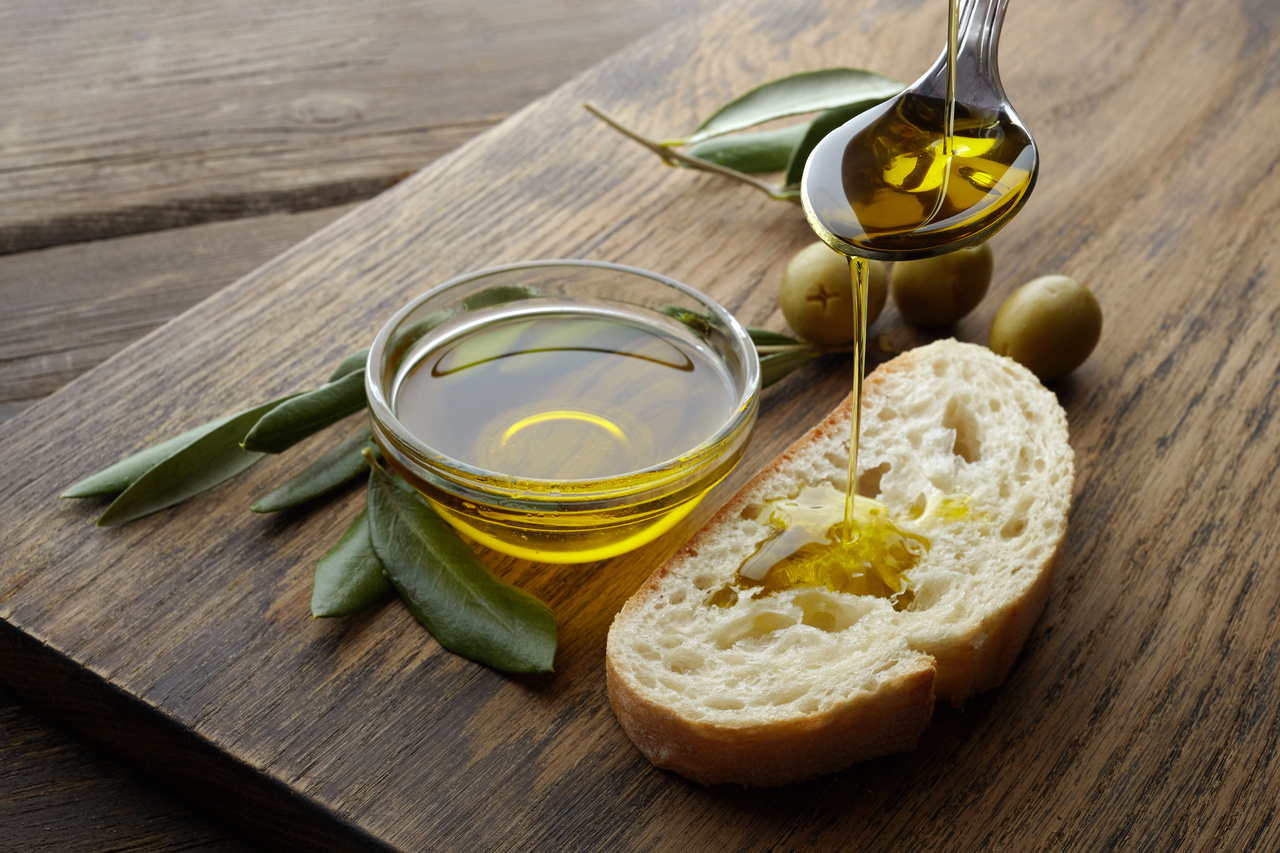Liquid Gold in a Warming World—Why Olive Oil Prices Are Climbing
Published in Earth & Environment, Ecology & Evolution, and Sustainability

Why has olive oil become so expensive—and why should diners in Sydney, São Paulo, or Seoul care? Because the Mediterranean supplies nearly 95% of the world’s olive oil, and the region is warming faster than the global average. Successive heatwaves, prolonged droughts, shifting rainfall, and pest pressures have depressed yields and quality, pushing costs up and prices higher. In the EU, retail prices climbed dramatically through 2023–2024 as poor harvests in Spain, Italy, Portugal, and Greece reverberated through supply chains. The result: household budgets stretched, restaurateurs re-costing menus, and producers—especially smallholders—facing precarious livelihoods.
Yet the story is not only about volatility; it is about options. Farmers are already deploying practical measures that protect trees, incomes, and culinary heritage. On the agronomy front, drought-tolerant cultivars (e.g., ‘Koroneiki’), precision drip irrigation, and canopy-smart pruning can stabilise yields in hotter, drier seasons. Integrated pest management—biological controls, pheromone traps, and resistant rootstocks—can help counter climate-amplified outbreaks like the olive fruit fly. Technology, from in-grove sensors to drones, may also support real-time decisions on water, harvest timing, and pest risks.
Policy and markets matter just as much. Renewable energy in mills (e.g., solar) can cut costs and emissions. Downstream, gastronomy can adapt without abandoning identity: using and celebrating local, lesser-known blends for some kitchen tasks; and elevating single-origin oils in tasting experiences that reward quality over quantity. Such shifts sustain demand for traditional, drought-resilient groves and preserve cultural knowledge—of cultivars, terroirs, and milling techniques.
A single “good” harvest does not signal structural recovery; Mediterranean olive systems remain climate-sensitive. The path forward is integrated: pair genetic, agronomic, and technological innovations with smart policy and culinary creativity. That mix can buffer producers, steady prices over time, and preserve the flavours—and livelihoods—that olive oil has long sustained across the Mediterranean and the world.
By adapting creatively, responsibly, and proactively, the gastronomy sector may navigate the economic challenges of olive oil price pressures while at the same time continuing to deliver quality dining and degustation experiences, particularly in regions that are culinary tourist destinations and attract “olive oil tourism” (Oleotourism).
This post draws on the co-authored article by Walter Leal Filho, Johannes M. Luetz, Maria Alzira Pimenta Dinis, and Gustavo J. Nagy, “Dinner is served: how climate change interferes with olive oil production” (Sustainability Science, 2025), https://doi.org/10.1007/s11625-025-01756-x
Follow the Topic
-
Sustainability Science

This journal offers insights into interactions within and between nature and the rest of human society, and the complex mechanisms that sustain both.
What are SDG Topics?
An introduction to Sustainable Development Goals (SDGs) Topics and their role in highlighting sustainable development research.
Continue reading announcement


Please sign in or register for FREE
If you are a registered user on Research Communities by Springer Nature, please sign in